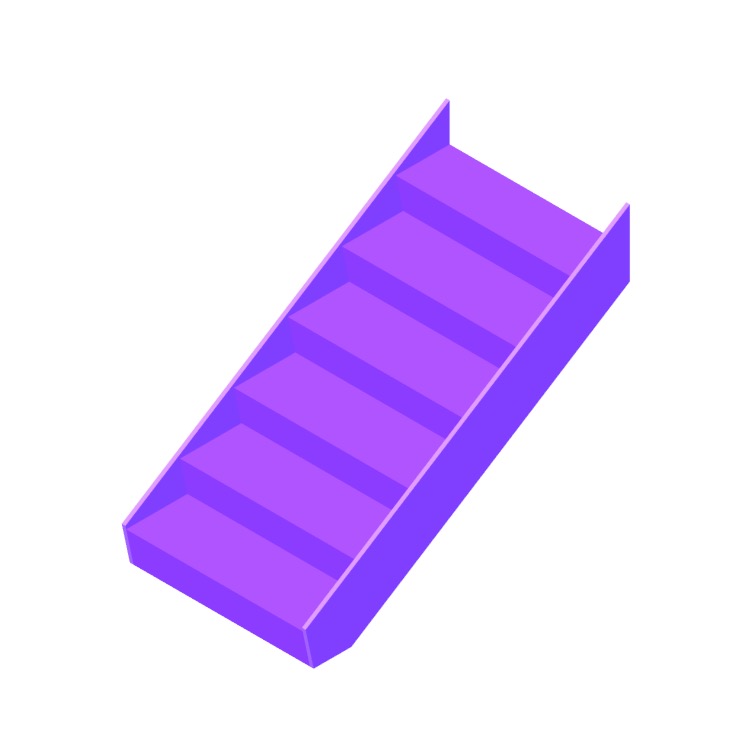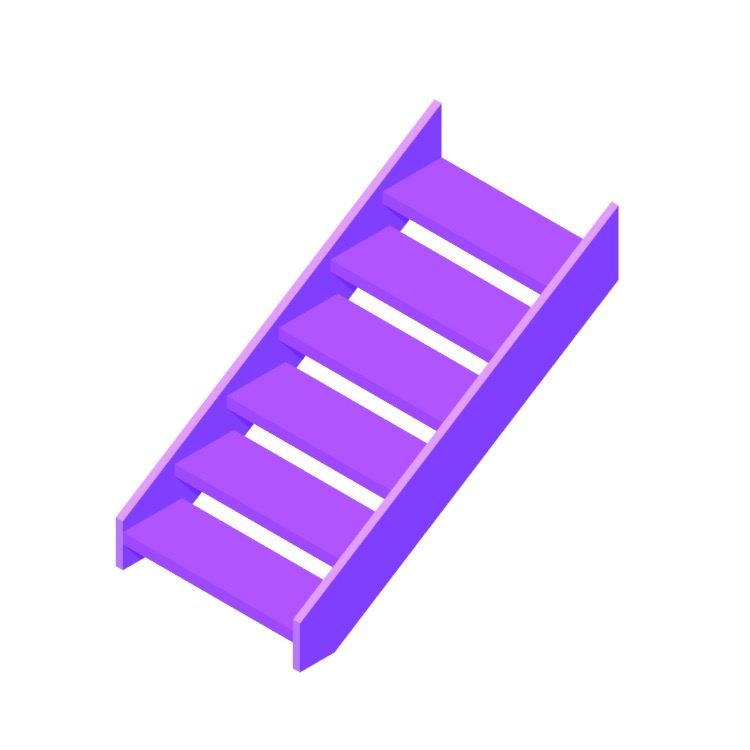
Stair treads and risers are fundamental components of a staircase. The tread is the horizontal part that you step on, while the riser is the vertical section between each tread. Together, they determine the comfort and safety of the staircase. The dimensions of treads and risers must be carefully balanced; a taller riser requires a deeper tread for safe and comfortable ascent or descent.
Some staircases feature open risers, with no vertical element, creating a light and airy feel. Materials for treads and risers vary, including wood, metal, stone, and glass, and should be chosen based on aesthetics, usage, and safety considerations. Building codes often dictate minimum and maximum dimensions to ensure safety.
Stair risers and treads have evolved over centuries. In ancient times, stairs were often simple stone steps. During the Middle Ages, grand staircases became architectural features in castles and palaces. The Renaissance period saw the addition of ornate details and balustrades. The Industrial Revolution introduced the use of iron and steel, leading to innovative designs. Modern stairs incorporate various materials like glass, and focus on aesthetics and functionality, with risers sometimes being eliminated for open designs.

Stair treads and risers are embracing both beauty and safety in modern designs. Materials like recycled wood and eco-friendly composites are gaining popularity for their sustainability. Illuminated treads, using LED strips, ensure safe navigation in low-light settings. Texture-rich treads, such as those with tactile surfaces, minimize slips, especially in bustling public spaces. Personalized designs, using patterns or art, make stairs more than just functional, transforming them into aesthetic statements in homes and commercial spaces. As design meets safety, stair components become focal points in interiors.
Stair treads are important for safety, comfort, and accessibility. They provide a stable surface for individuals to step on while ascending or descending stairs. The depth and texture of treads are crucial in preventing slips and falls. Properly sized treads ensure a comfortable stride, reducing the risk of missteps.
Stair treads extend beyond risers to create a small overhang known as the "nosing." This extension is crucial for safety and comfort. The nosing provides additional space for the foot, making the stairs easier to navigate, especially for individuals with larger feet. It also helps in reducing the risk of tripping by ensuring a more secure foothold. Additionally, the nosing improves the visibility of each step, and in some cases, adds aesthetic appeal.
Stair risers are not required to be angled in most building codes or regulations. The vertical orientation of risers is the standard design. However, there are instances where angled risers are used, such as in spiral staircases or certain architectural designs. These angled risers can create a unique aesthetic or accommodate specific spatial requirements. It's essential to consult local building codes and regulations to determine any specific requirements or restrictions regarding stair design in a particular jurisdiction.



















